Home>Home Maintenance>How Does The Honeywell Ventilation System Work?
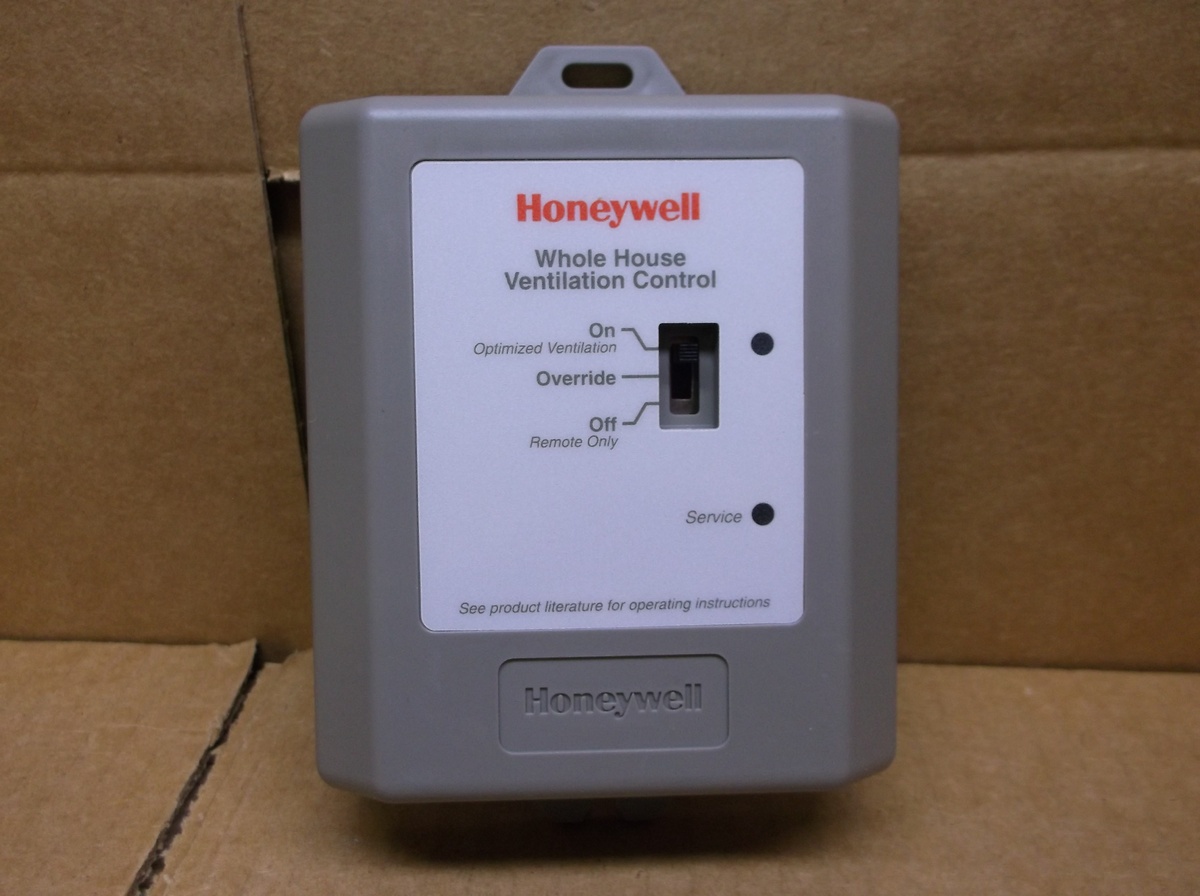

Home Maintenance
How Does The Honeywell Ventilation System Work?
Modified: March 6, 2024
Discover how the Honeywell ventilation system works, and the benefits it brings to your home. Ensure proper home maintenance with this innovative solution.
(Many of the links in this article redirect to a specific reviewed product. Your purchase of these products through affiliate links helps to generate commission for Storables.com, at no extra cost. Learn more)
Introduction
Welcome to the world of home maintenance! Keeping your house in top-notch condition is essential for comfort, health, and longevity. And when it comes to home maintenance, one crucial aspect that often goes overlooked is proper ventilation. Having a well-functioning ventilation system is vital for maintaining healthy indoor air quality and preventing issues like mold, moisture buildup, and stale air.
Among the many ventilation systems available in the market, the Honeywell ventilation system stands out for its efficiency and effectiveness. Whether you’re a homeowner or a professional looking to gain insight into this technology, this article will provide you with a comprehensive understanding of how the Honeywell ventilation system works.
Key Takeaways:
- Breathe Easy with Honeywell: Clean, Fresh Air Guaranteed
The Honeywell ventilation system ensures top-notch indoor air quality by filtering out pollutants and allergens, creating a healthier and more comfortable living environment for you and your family. - Energy Savings Made Easy with Honeywell
Enjoy cost savings and energy efficiency with the Honeywell ventilation system’s heat exchange mechanism, which recovers heat from outgoing air, reducing the need for excessive heating or cooling.
Read more: How Does A Ductless Range Hood Work?
Understanding Ventilation Systems
Before diving into the specifics of the Honeywell ventilation system, it’s essential to have a basic understanding of ventilation systems in general. A ventilation system is designed to circulate fresh air into a building while removing stale air. This process helps maintain a healthy indoor environment by controlling humidity levels, removing pollutants, and preventing the buildup of odors.
There are several types of ventilation systems commonly used in homes, including exhaust ventilation, supply ventilation, and balanced ventilation. Each system has its advantages and is suited for specific applications. However, the Honeywell ventilation system goes a step further by employing advanced technologies to provide superior air quality and energy efficiency.
The Honeywell ventilation system operates on a balanced ventilation principle, using both exhaust and supply air fans to maintain an ideal air exchange rate. This ensures that fresh air is continuously brought in and stale air is expelled, creating a more comfortable living space.
With this understanding, let’s delve into the inner workings of the Honeywell ventilation system and explore its components, air filtration process, heat exchange mechanism, air distribution mechanism, operating modes, and control options.
Overview of the Honeywell Ventilation System
The Honeywell ventilation system is a premium solution designed to improve indoor air quality and energy efficiency in residential and commercial buildings. It utilizes a combination of intelligent ventilation strategies, advanced air filtration, and heat exchange mechanisms to create a healthier and more comfortable environment.
One of the standout features of the Honeywell ventilation system is its ability to provide a balanced ventilation approach. This means that it simultaneously introduces fresh air into the building while removing the stale air, ensuring a consistent and optimal air exchange rate. This balanced ventilation process helps prevent the accumulation of indoor pollutants, allergens, and excess moisture.
Another noteworthy aspect of the Honeywell ventilation system is its energy-saving capabilities. The system incorporates a heat exchange mechanism that recovers heat from the outgoing air and transfers it to the incoming fresh air. This process, known as heat recovery ventilation (HRV) or energy recovery ventilation (ERV), maximizes energy efficiency by reducing the need for excessive heating or cooling, ultimately leading to cost savings.
The Honeywell ventilation system is designed with user convenience in mind. It offers various control options, including programmable settings, remote control capabilities, and compatibility with smart home systems. This allows users to customize and optimize their ventilation system according to their specific needs and preferences.
Furthermore, the Honeywell ventilation system is equipped with advanced air filtration technology. It incorporates high-efficiency filters that effectively capture and remove airborne contaminants such as dust, pollen, bacteria, and viruses. This helps improve indoor air quality, making it especially beneficial for individuals with respiratory conditions or allergies.
Overall, the Honeywell ventilation system offers a comprehensive solution for maintaining a healthy and comfortable living environment. Its combination of balanced ventilation, energy efficiency, user-friendly controls, and superior air filtration makes it an ideal choice for homeowners and businesses alike.
Components of the Honeywell Ventilation System
The Honeywell ventilation system comprises several key components that work together to deliver effective ventilation and air purification. Understanding these components is crucial to comprehend how the system operates and how it improves indoor air quality. Let’s explore each of these components:
- Air Intake Vents: The air intake vents are strategically placed to allow the entry of fresh outdoor air into the system. These vents are typically located on the exterior of the building and are equipped with filters to prevent the entry of debris and pollutants.
- Air Exhaust Vents: The air exhaust vents facilitate the expulsion of stale indoor air from the building. These vents are also equipped with filters to capture any remaining particles or pollutants before the air is released outside.
- Air Filtration System: The air filtration system plays a critical role in removing airborne contaminants from the incoming fresh air. It utilizes high-efficiency filters, such as HEPA filters, to capture particulate matter, dust, pollen, allergens, bacteria, and viruses. The filtration system ensures that the air circulated within the building is clean and free from pollutants.
- Heat Exchanger: The heat exchanger is responsible for the heat recovery process in the Honeywell ventilation system. It transfers heat from the outgoing stale air to the incoming fresh air, reducing the load on the heating or cooling system and conserving energy. This heat exchange mechanism helps maintain a comfortable indoor temperature while minimizing energy consumption.
- Fans: The ventilation system incorporates fans to facilitate the movement of air throughout the system. The exhaust fan expels the stale indoor air, while the supply fan brings in the fresh outdoor air. These fans ensure a balanced airflow and help maintain the desired air exchange rate.
- Controls and Sensors: The Honeywell ventilation system is equipped with smart controls and sensors to monitor and regulate the ventilation process. These controls allow users to adjust settings, set ventilation schedules, and control the ventilation system remotely. The sensors detect factors like temperature, humidity, and air quality, enabling the system to operate efficiently and effectively.
By employing these components, the Honeywell ventilation system ensures optimal indoor air quality, energy efficiency, and user convenience. The combination of air intake vents, air exhaust vents, air filtration system, heat exchanger, fans, and smart controls creates a comprehensive and reliable ventilation solution for homes and commercial buildings.
Air Filtration Process
The air filtration process is a crucial aspect of the Honeywell ventilation system, as it plays a vital role in removing airborne contaminants and improving indoor air quality. Let’s explore how this process works in detail:
1. Air Intake: The first step in the air filtration process is the intake of fresh outdoor air. The air intake vents, equipped with filters, allow the entry of outdoor air while preventing the ingress of debris, dust, and pollutants.
2. Pre-Filtration: Once the fresh air enters the system, it passes through pre-filters designed to capture larger particles like dust, pollen, and pet dander. These pre-filters help prolong the lifespan and efficiency of the main filtration system by trapping larger particles before they reach the primary filters.
3. Main Filtration: The main filtration stage utilizes high-efficiency filters, such as HEPA filters, to capture smaller particles and contaminants. HEPA filters are designed to remove 99.97% of particles as small as 0.3 microns. These filters effectively capture dust mites, mold spores, pollen, pet allergens, bacteria, and even some viruses, providing cleaner and healthier indoor air.
4. Activated Carbon Filters (Optional): Some Honeywell ventilation systems may include activated carbon filters as an additional layer of air purification. Activated carbon filters excel at trapping and neutralizing odors, volatile organic compounds (VOCs), and certain chemicals for enhanced air quality and freshness.
5. Recirculation and Exhaust: After passing through the filtration stages, the purified air is distributed within the building through supply vents, while the stale air is expelled through exhaust vents. This balanced ventilation process ensures a consistent air exchange rate and helps maintain optimal indoor air quality.
The air filtration process in the Honeywell ventilation system ensures that the air circulating within the building is free from harmful particles and allergens. By significantly improving indoor air quality, this system promotes a healthier living environment, reduces the risk of respiratory issues, and enhances overall well-being.
Read more: How Does The HVAC System Work
Heat Exchange Process
The heat exchange process is a key feature of the Honeywell ventilation system that promotes energy efficiency by recovering heat from the outgoing stale air and transferring it to the incoming fresh air. This process helps maintain a comfortable indoor temperature while reducing the load on the heating or cooling system. Let’s delve into how the heat exchange process works:
1. Airflow Direction: The Honeywell ventilation system consists of two airflow channels: one for the outgoing stale air and another for the incoming fresh air. These channels are separated by a heat exchanger core.
2. Outgoing Stale Air: The outgoing stale air, which contains heat from the indoor environment, is channeled through one side of the heat exchanger. As the air passes through the heat exchanger, the thermal energy is transferred to the heat exchanger core.
3. Heat Transfer: The heat exchanger core, often composed of materials with high thermal conductivity, such as aluminum or copper, efficiently absorbs the heat from the outgoing stale air. This transfer of heat occurs without the actual transfer of air, preventing the mixing of stale and fresh air streams.
4. Incoming Fresh Air: Simultaneously, the fresh outdoor air is drawn in through the other side of the heat exchanger. As the incoming air passes through the heat exchanger core, it absorbs the heat accumulated from the outgoing stale air.
5. Heat Recovery: The heat transfer process between the outgoing stale air and the incoming fresh air results in the recovery of a significant portion of the heat energy that would otherwise be lost. This recovered heat from the stale air is now utilized to warm up the incoming fresh air.
6. Temperature Control: The Honeywell ventilation system is equipped with temperature sensors and controls that help regulate the heat exchange process. These sensors measure the indoor and outdoor temperatures, allowing the system to adjust the heat recovery process to maintain optimal indoor comfort conditions.
By incorporating a heat exchanger and utilizing the heat exchange process, the Honeywell ventilation system maximizes energy efficiency by reducing the need for excessive heating or cooling. This not only helps in energy conservation but also leads to cost savings on utility bills. The heat exchange mechanism is a critical component that sets the Honeywell ventilation system apart, making it an excellent choice for those seeking both effective ventilation and energy efficiency.
The Honeywell ventilation system works by continuously circulating and filtering the air in your home, removing pollutants and allergens to improve indoor air quality. Regular maintenance and filter replacement are important for optimal performance.
Air Distribution Mechanism
The air distribution mechanism in the Honeywell ventilation system is responsible for delivering fresh, filtered air to different areas of the building while simultaneously expelling stale air. This process ensures proper ventilation and helps maintain consistent indoor air quality throughout the entire space. Let’s explore how the air distribution mechanism works:
1. Fans: The Honeywell ventilation system utilizes fans to move air throughout the system. An exhaust fan is responsible for expelling the stale indoor air, while a supply fan brings in the fresh outdoor air. These fans create a balanced airflow, ensuring a consistent air exchange rate and providing optimal ventilation.
2. Ductwork: The ventilation system is connected to a network of ducts that distribute the fresh air to various areas of the building. These ducts are designed to carry the filtered air from the supply fan and deliver it to different rooms or zones in a controlled manner.
3. Supply Vents: Supply vents, strategically placed throughout the building, are responsible for delivering the fresh air into the occupied spaces. These vents are typically located on walls, ceilings, or floors, ensuring efficient air delivery while maintaining aesthetics and minimizing obstructions.
4. Return Vents: Return vents are positioned in centralized areas of the building and serve as an intake point for the stale indoor air. These vents collect the air from various rooms and redirect it back to the ventilation system for proper filtration and expulsion.
5. Airflow Balancing: The air distribution mechanism ensures an equal balance of air supply and exhaust throughout the building. This balance is crucial to maintain consistent indoor air pressure, prevent the infiltration of outdoor pollutants, and promote efficient air exchange.
6. Zoned Ventilation: In larger buildings or spaces with varying ventilation requirements, zoned ventilation may be implemented. This allows for customized ventilation settings based on specific areas or occupancy levels. Zoned ventilation helps optimize energy efficiency and ensures that ventilation is tailored to the needs of different spaces within the building.
The Honeywell ventilation system’s air distribution mechanism provides an efficient and effective way to deliver fresh, filtered air throughout the building while removing stale air. This balanced airflow not only improves indoor air quality but also contributes to a more comfortable and healthy living or working environment.
Operating Modes and Control Options
The Honeywell ventilation system offers various operating modes and control options to provide users with flexibility and convenience in managing their indoor air quality. These modes and control options allow users to customize the system’s operation based on their preferences and specific needs. Let’s explore the operating modes and control options available with the Honeywell ventilation system:
1. Continuous Mode: In continuous mode, the ventilation system operates continuously, ensuring a consistent flow of fresh air throughout the building. This mode is suitable for spaces that require constant ventilation, such as areas with high occupancy or where there is a need for continuous removal of moisture or odors.
2. Timer Mode: The timer mode allows users to program the ventilation system to operate at specific times during the day. This feature is beneficial for those who want to schedule ventilation during specific periods or when occupancy is expected, ensuring optimal air quality without the need for constant operation.
3. Smart Mode: Honeywell ventilation systems equipped with smart technology can integrate with home automation systems, enabling advanced control options. Smart mode allows users to remotely control the ventilation system using their smartphones or voice commands. It provides convenience and flexibility, allowing users to adjust settings or change operating modes from anywhere within their network coverage.
4. Sensor-based Mode: Some Honeywell ventilation systems have built-in sensors that detect factors like temperature, humidity, and air quality. These sensors help the system adjust its operation automatically, ensuring that ventilation is optimized based on current conditions. For example, if the humidity level rises above a set threshold, the ventilation system may increase its airflow to prevent moisture buildup.
5. Variable Speed Control: Variable speed control allows users to adjust the fan speed of the ventilation system. This feature provides the flexibility to customize the airflow based on personal preferences or specific requirements. For instance, during times of lower occupancy, the fan speed can be reduced to conserve energy while still maintaining adequate air exchange.
6. Filtration Alerts: Many Honeywell ventilation systems come with filter change alerts that notify users when it is time to replace the filters. These alerts help ensure that the system continues to operate effectively in maintaining clean indoor air. Regular filter maintenance is essential to guarantee optimal filtration and prevent the accumulation of dust and pollutants.
By offering a range of operating modes and control options, the Honeywell ventilation system empowers users to customize their indoor air quality management. Whether it’s continuous operation, scheduled ventilation, smart control, sensor-based adjustments, or variable speed control, these options enhance user comfort, convenience, and energy efficiency.
Benefits of the Honeywell Ventilation System
The Honeywell ventilation system offers a wide range of benefits that contribute to a healthier, more comfortable, and energy-efficient indoor environment. Here are some key advantages of implementing the Honeywell ventilation system:
1. Improved Indoor Air Quality: The primary benefit of the Honeywell ventilation system is the significant improvement in indoor air quality. The system effectively removes airborne pollutants, allergens, and contaminants, such as dust, pollen, mold spores, bacteria, and viruses. This results in cleaner air, reducing the risk of respiratory issues and promoting better overall health.
2. Controlled Humidity Levels: Excess humidity can lead to mold growth, musty odors, and discomfort. The Honeywell ventilation system helps maintain balanced humidity levels by effectively expelling moisture-laden air and introducing fresh, drier air. This control over humidity contributes to a more pleasant and healthier living environment.
3. Energy Efficiency: The Honeywell ventilation system incorporates a heat exchange mechanism that recovers heat from the outgoing air and transfers it to the incoming fresh air. This heat recovery process reduces the load on the heating or cooling system, resulting in energy savings and lower utility bills.
4. Customizable Operation: With various operating modes and control options, users have the flexibility to customize the operation of the Honeywell ventilation system. Whether it’s continuous operation, scheduled ventilation, or smart control, users can tailor the system’s settings to their specific needs, ensuring optimal air quality and comfort.
5. Sustainable Solution: The energy efficiency of the Honeywell ventilation system makes it an environmentally friendly choice. By reducing energy consumption and lowering greenhouse gas emissions, this system helps mitigate the impact on the environment and promotes sustainable living.
6. Reduction in Odors and Volatile Organic Compounds (VOCs): The Honeywell ventilation system is equipped with advanced air filtration that can capture and remove odors and VOCs present in the indoor air. This results in fresher-smelling air and a reduction in potentially harmful chemicals, promoting a more pleasant and healthier indoor atmosphere.
7. Quiet Operation: Honeywell ventilation systems are designed to operate quietly, ensuring a peaceful and undisturbed indoor environment. The silent operation allows for peaceful sleep, concentration, and overall comfort.
8. Long-Term Cost Savings: Though the initial investment in a Honeywell ventilation system may be higher, the long-term cost savings are noteworthy. The energy-efficient operation leads to reduced utility bills, while the improved indoor air quality can result in lower healthcare costs by minimizing the risk of respiratory illnesses.
Overall, the Honeywell ventilation system provides numerous benefits including improved air quality, controlled humidity, energy efficiency, customizable operation, sustainability, odor reduction, quiet operation, and long-term cost savings. It is a wise investment for those seeking to enhance the well-being and comfort of their indoor environment.
Read more: How Does A Split System HVAC Work
Maintenance and Troubleshooting Tips
Maintaining the Honeywell ventilation system is essential to ensure its proper functioning and longevity. Regular maintenance helps maximize performance, improve indoor air quality, and prevent potential issues. Here are some maintenance and troubleshooting tips to keep your Honeywell ventilation system in optimal condition:
1. Filter Replacement: Regularly inspect and replace the air filters as recommended by the manufacturer. Clogged or dirty filters can restrict airflow and reduce the system’s efficiency. Clean filters improve air quality and prevent the build-up of dust and allergens within the system.
2. Clean Air Intake and Exhaust Vents: Check the air intake and exhaust vents regularly to ensure they are free from debris, dust, or obstructions. Clean any build-up that might reduce airflow and affect the system’s performance.
3. Inspect Heat Exchanger: If your Honeywell ventilation system features a heat exchanger, inspect it periodically for any dirt or debris accumulation. Clean the heat exchanger as per the manufacturer’s instructions to maintain optimal heat recovery efficiency.
4. Monitor Sensor Functionality: If your system has sensor-based controls, check the sensors periodically to ensure they are functioning correctly. Dust or dirt accumulation can affect sensor performance. Clean the sensors or consult a professional if you suspect any issues.
5. Verify Fan Operation: Regularly test the operation of the fans to ensure they are functioning properly. Listen for any unusual noises, vibrations, or disruptions in airflow. If there are any indications of fan malfunction, contact a professional for inspection and repair.
6. Check Control Panel and Wiring: Examine the control panel and wiring connections to ensure they are secure and free from damage or corrosion. Loose connections or damaged wiring could cause system malfunctions. If you notice any issues, consult a qualified technician for assessment and repair.
7. Monitor Airflow and Comfort: Keep an eye on the airflow from the supply vents and assess the indoor comfort levels. If you notice a significant decrease in airflow or experience discomfort, it may indicate a problem with the ventilation system. Consult a professional to diagnose and resolve the issue.
8. Observe System Performance: Pay attention to any sudden changes in the system’s performance, such as increased noise, decreased air quality, or inconsistent operation. These changes might indicate underlying issues that require professional attention.
9. Follow Manufacturer’s Instructions: Always refer to the manufacturer’s instructions and guidelines for maintenance and troubleshooting specific to your Honeywell ventilation system model. Adhering to the recommended maintenance procedures ensures safety and optimal performance.
If you encounter any persistent issues or are unsure about performing maintenance tasks, it is advisable to contact a licensed professional who specializes in Honeywell ventilation systems. They will have the expertise to diagnose, troubleshoot, and resolve any problems effectively and efficiently.
By following these maintenance and troubleshooting tips, you can ensure that your Honeywell ventilation system functions optimally, providing clean, fresh air and a comfortable indoor environment for years to come.
Conclusion
Implementing a reliable and efficient ventilation system, such as the Honeywell ventilation system, is crucial for maintaining a healthy and comfortable living environment. This comprehensive system combines balanced ventilation, advanced air filtration, and heat recovery mechanisms to ensure optimal indoor air quality and energy efficiency.
The Honeywell ventilation system’s powerful air filtration process effectively removes airborne contaminants, allergens, and pollutants, improving the overall air quality within your home or office. Its heat exchange mechanism ensures energy efficiency by recovering heat from the outgoing air, reducing the load on heating and cooling systems and resulting in cost savings.
With its customizable operating modes and control options, the Honeywell ventilation system provides users with flexibility and convenience. Whether it’s continuous operation, scheduled ventilation, or smart control, the system can be tailored to meet specific needs, while sensor-based adjustments and variable speed control further maximize its effectiveness.
The benefits of the Honeywell ventilation system are numerous. It not only enhances indoor air quality but also promotes controlled humidity levels, reduces odors and volatile organic compounds, and contributes to a sustainable and energy-efficient living space. Additionally, the system operates quietly, ensuring a peaceful environment for activities like sleeping, working, or studying.
Proper maintenance of the Honeywell ventilation system is vital to ensure its optimal performance and longevity. Regular filter replacement, cleaning of air intake and exhaust vents, and monitoring of sensors and fan operations are some of the essential maintenance tasks. Following manufacturer’s instructions and seeking professional help when needed will help address any troubleshooting issues effectively.
In conclusion, the Honeywell ventilation system is a comprehensive and reliable solution for achieving superior indoor air quality, energy efficiency, and comfort. By investing in this advanced ventilation system, you can create a healthier and more enjoyable living or working environment for you and your family, while also contributing to sustainable living practices. So, take the next step towards a fresher and healthier indoor space by considering the Honeywell ventilation system for your home or workplace.
Frequently Asked Questions about How Does The Honeywell Ventilation System Work?
Was this page helpful?
At Storables.com, we guarantee accurate and reliable information. Our content, validated by Expert Board Contributors, is crafted following stringent Editorial Policies. We're committed to providing you with well-researched, expert-backed insights for all your informational needs.
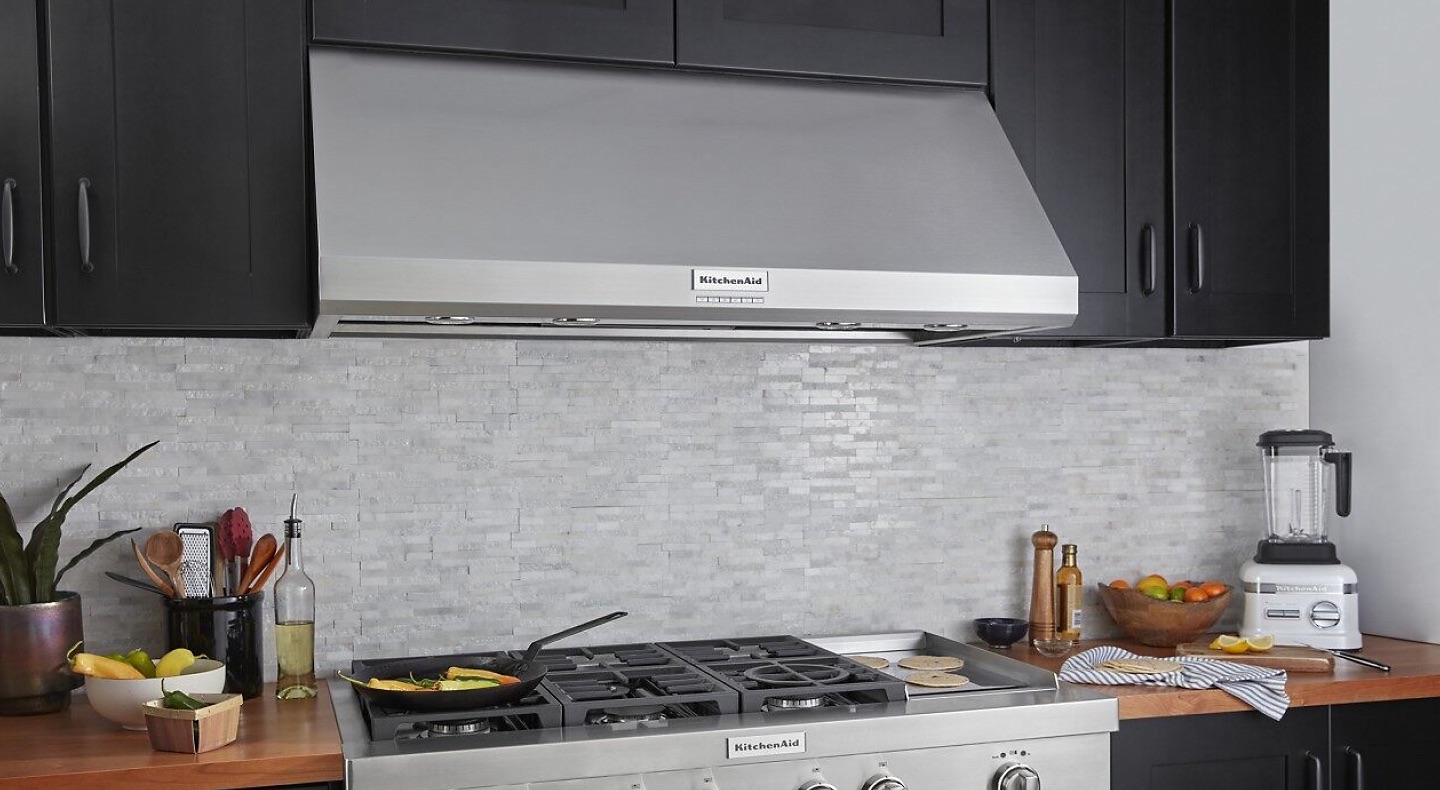
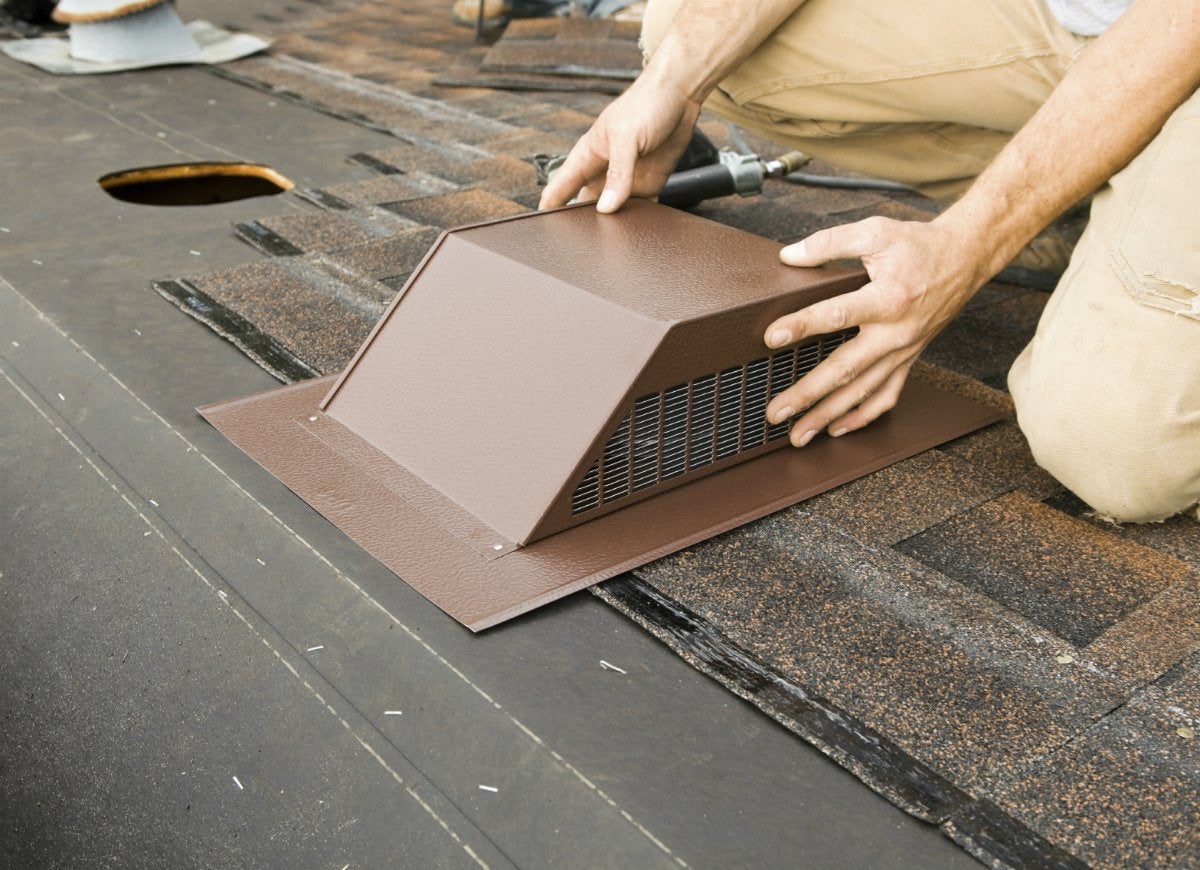
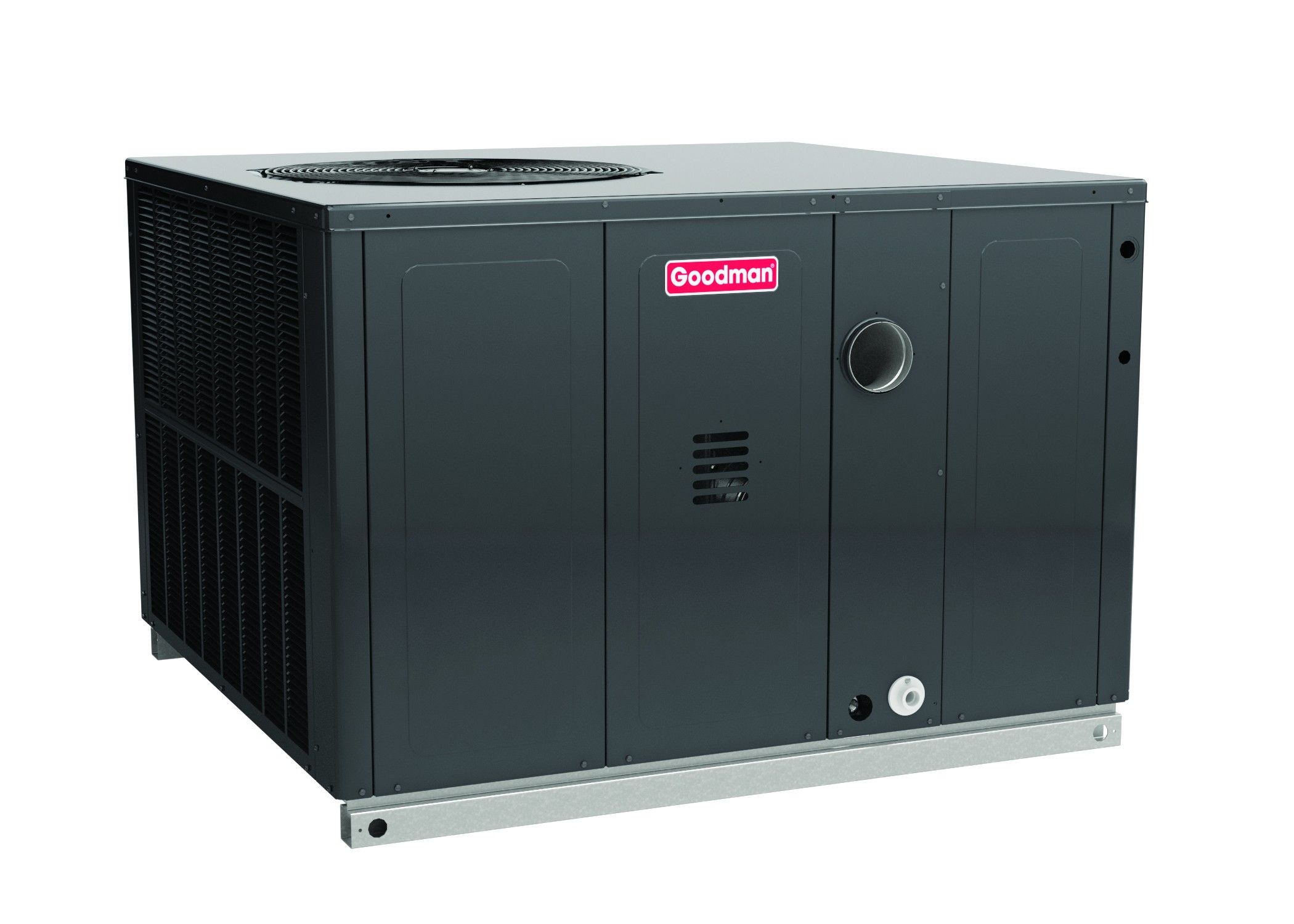
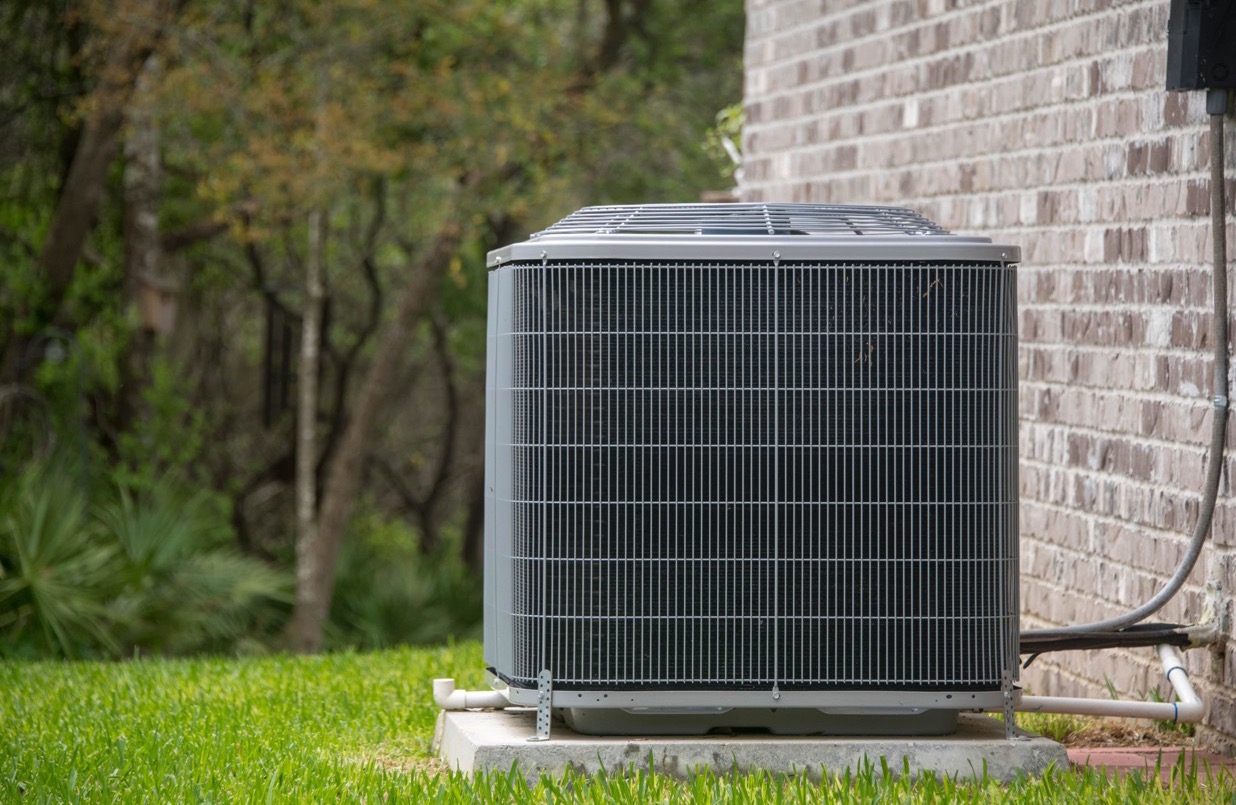
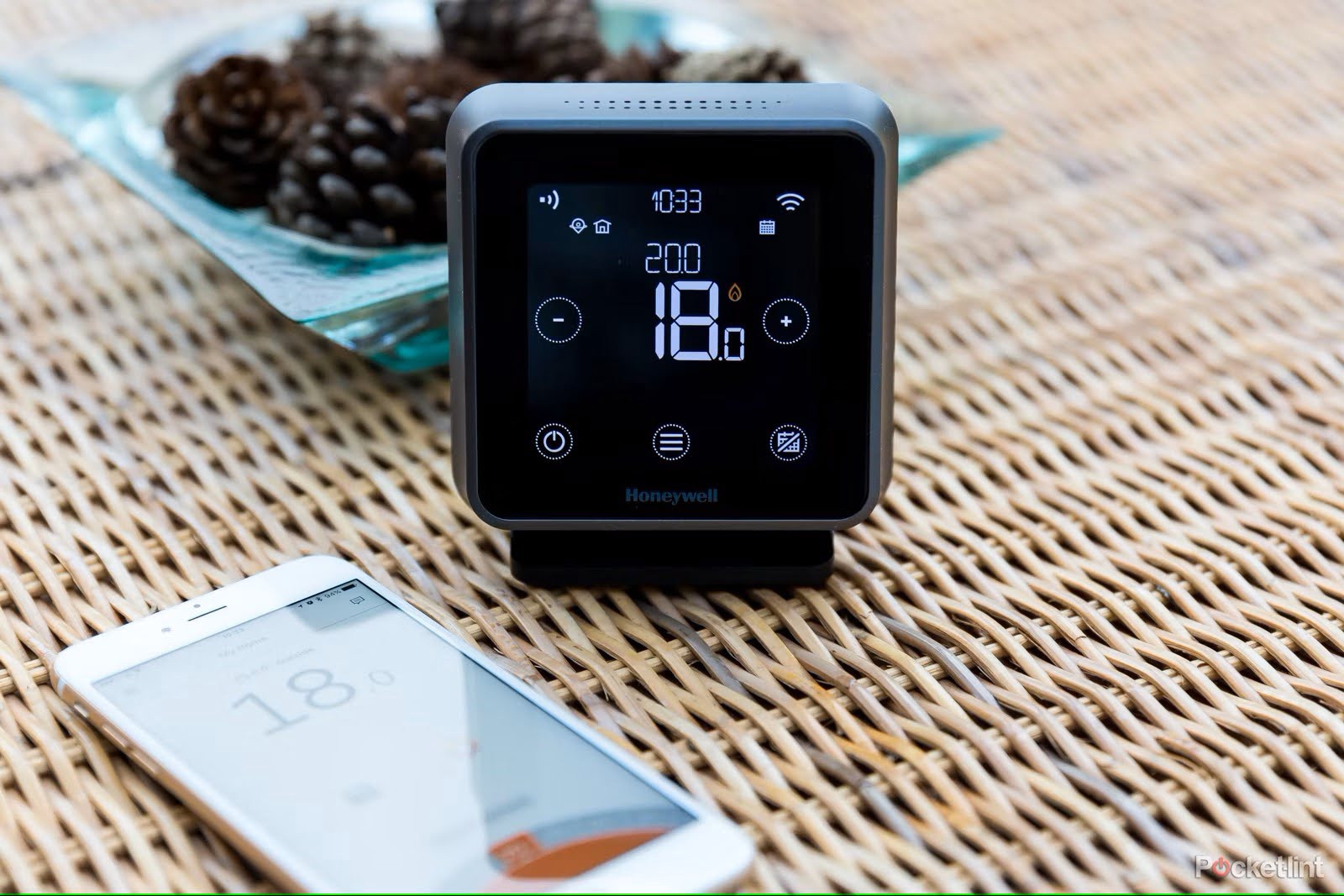
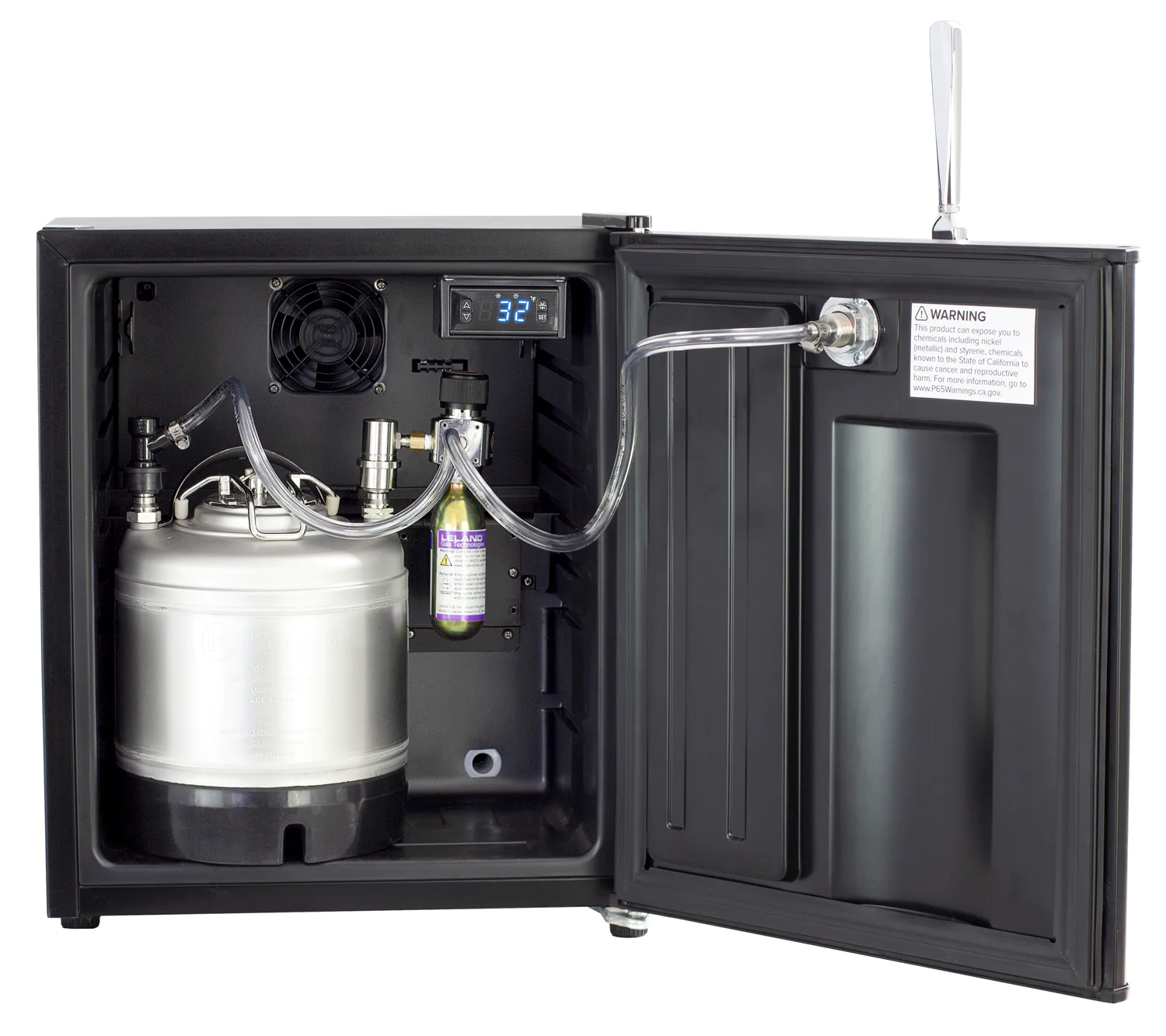

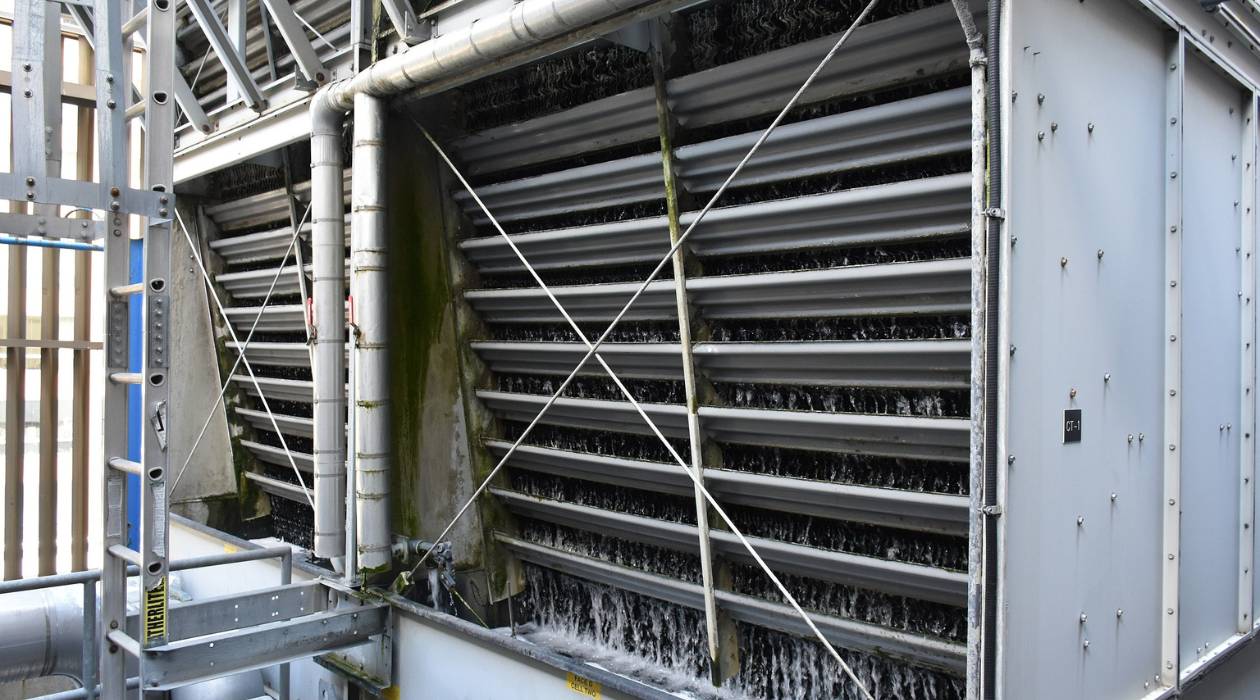
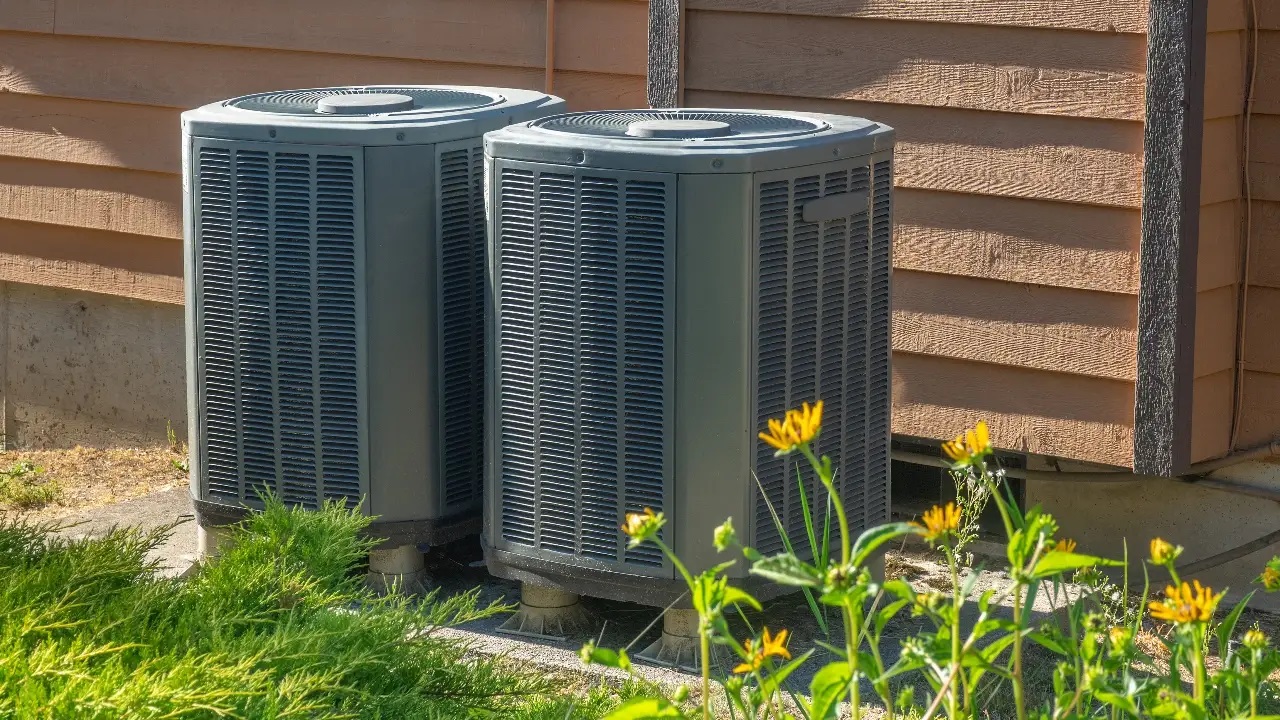
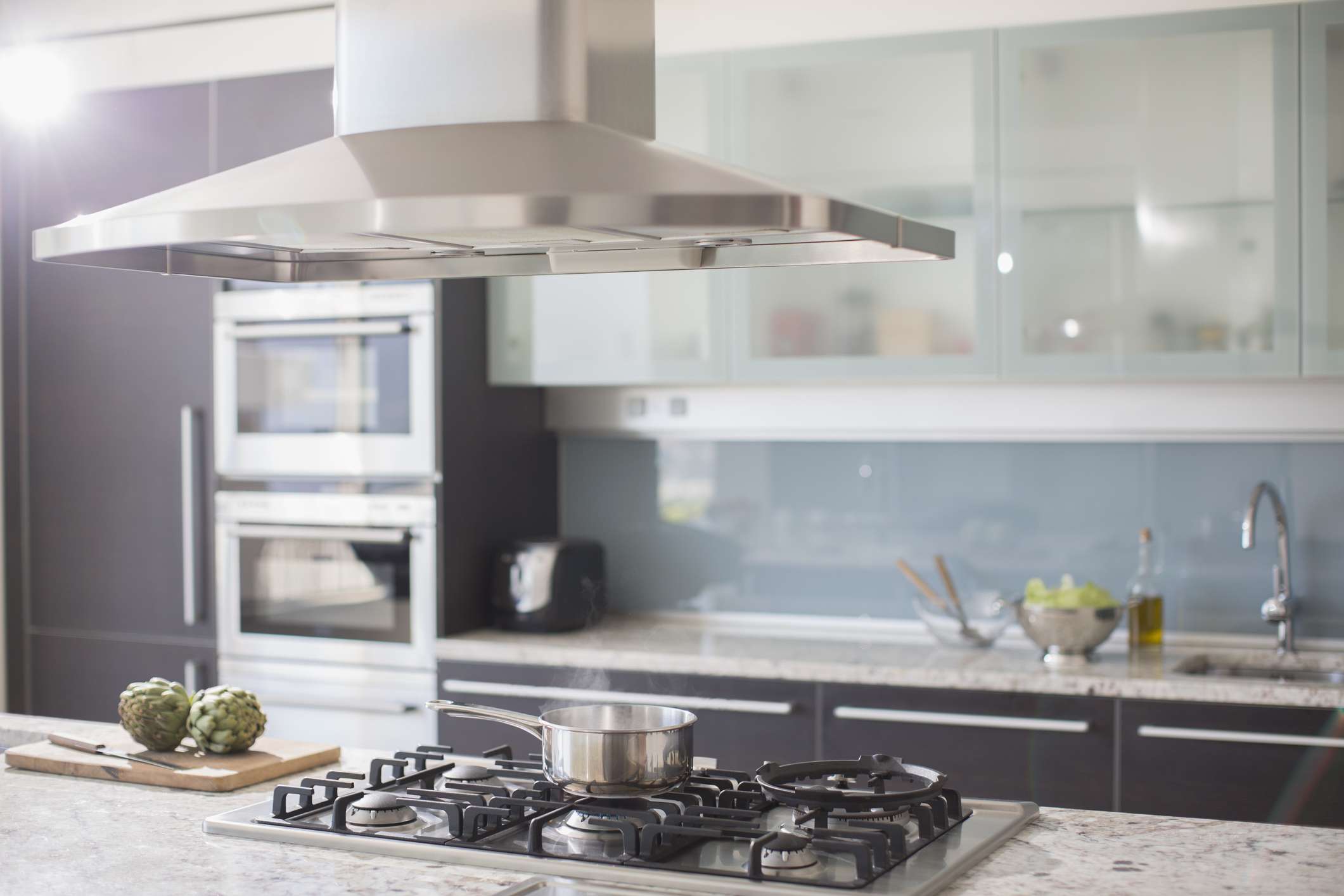
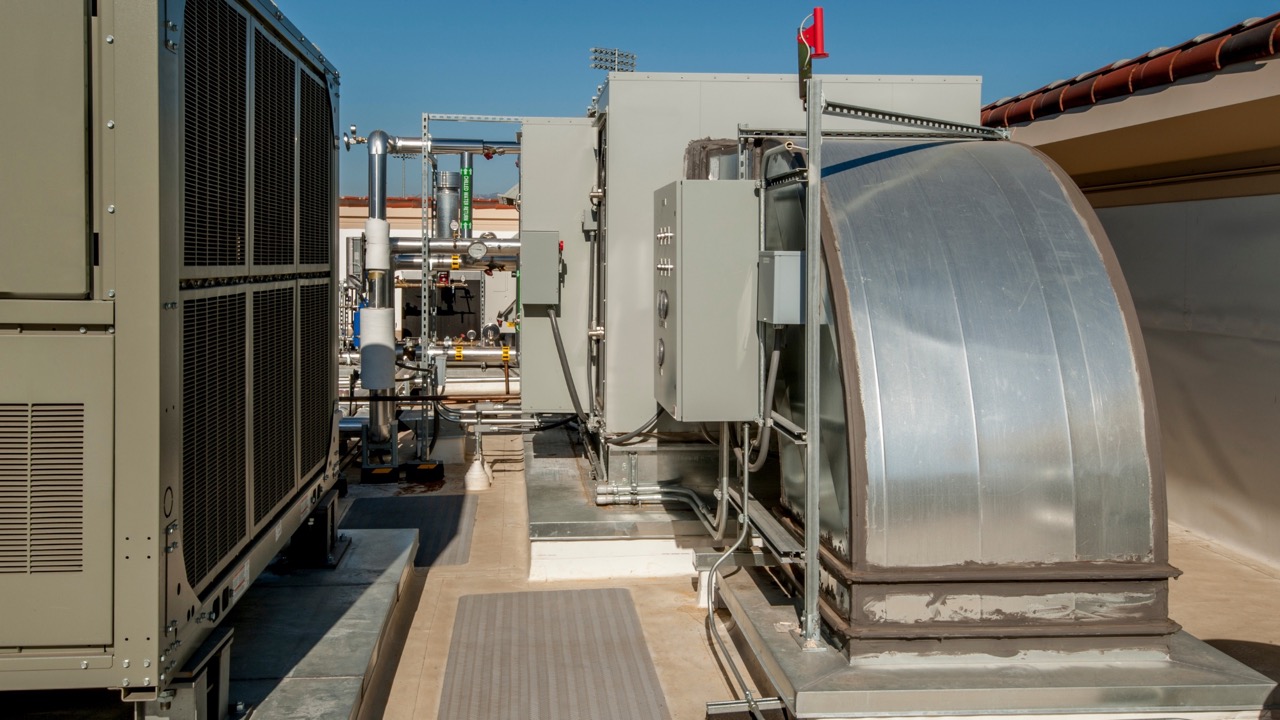
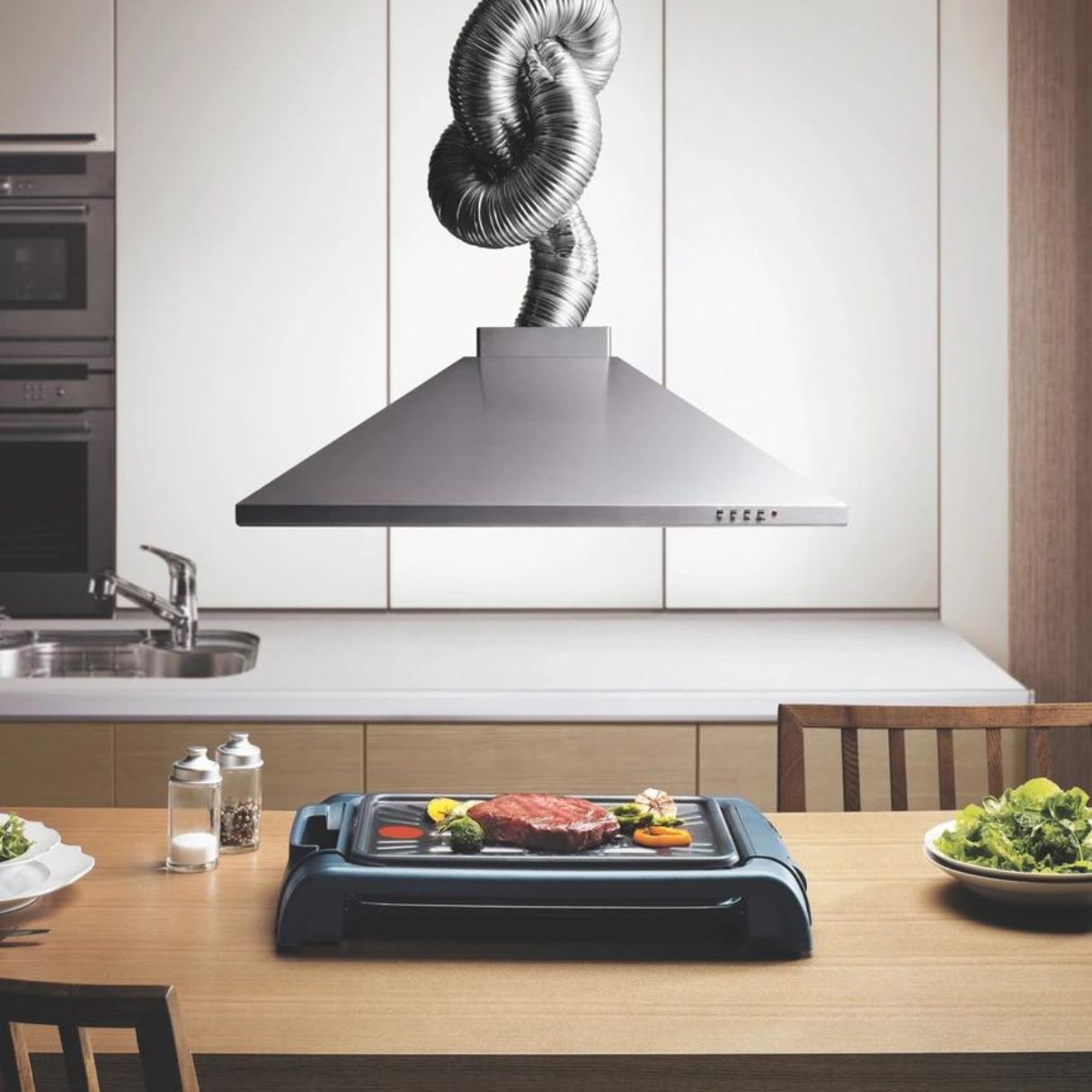
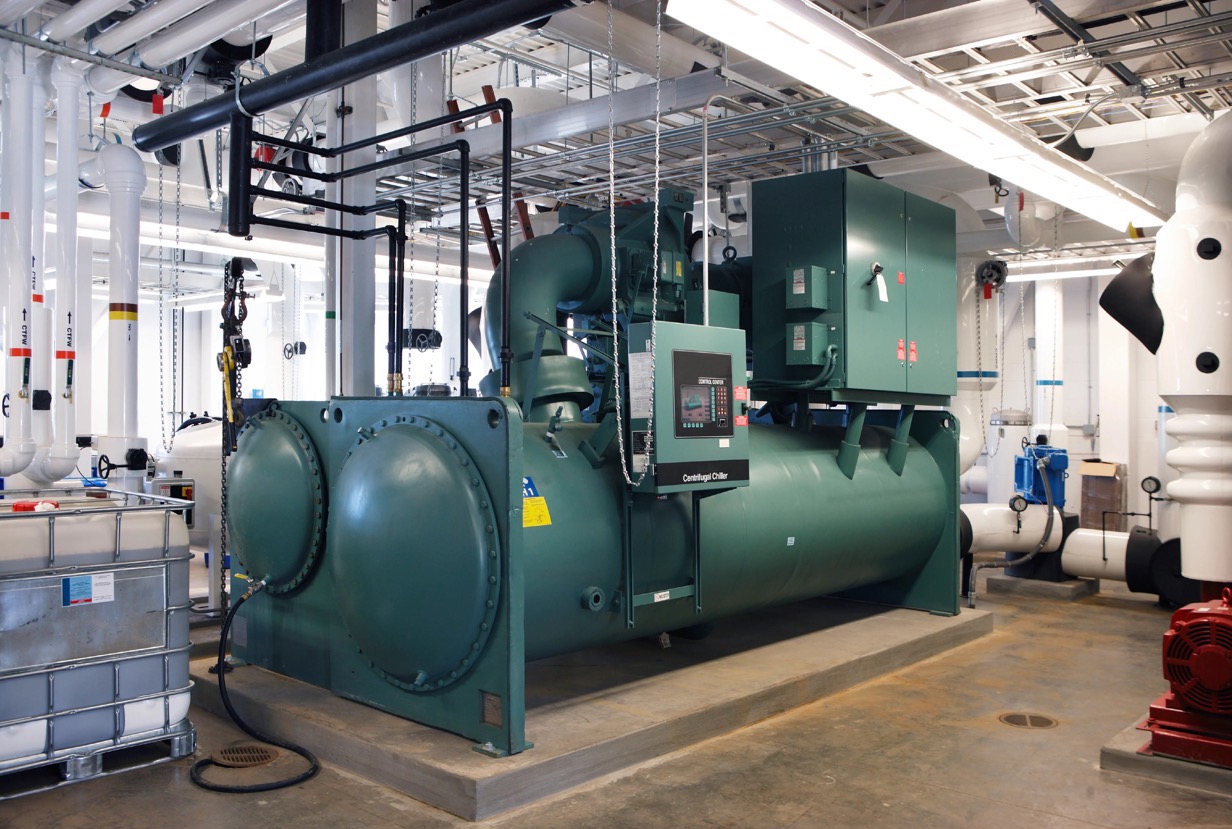

0 thoughts on “How Does The Honeywell Ventilation System Work?”